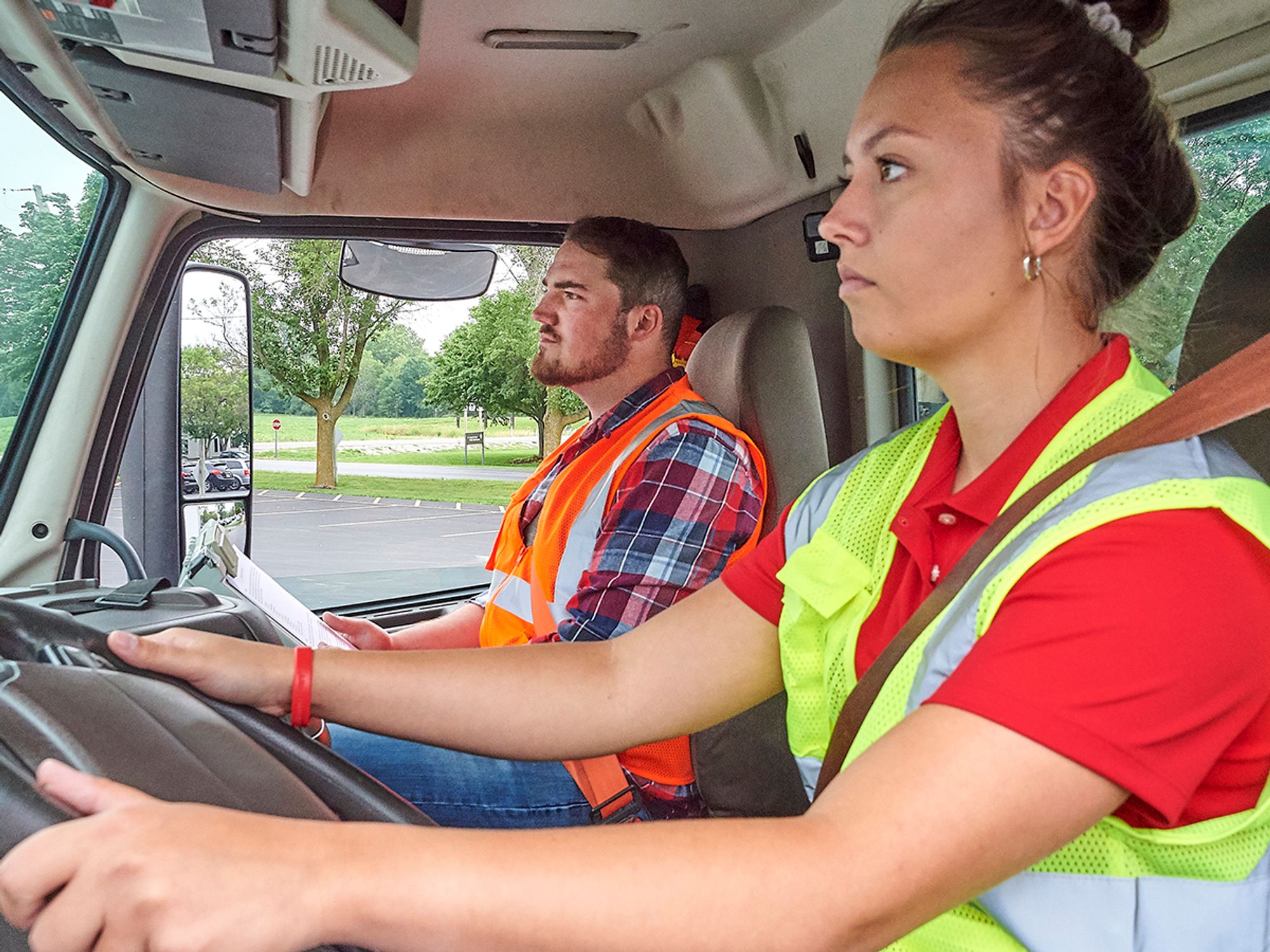New-hire MVR

- Within 30 days after the employment date, carriers must obtain MVRs from each driver licensing authority the driver held a license or permit in during the last three years.
- A CDL driver's current state of licensing initial MVR run at time of hire must be in the DQ file before they operate a CMV.
Within 30 days after the date employment begins, the motor carrier must obtain a motor vehicle record (MVR) from each driver licensing authority in which the applicant held a motor vehicle operator’s license or permit during the last three years. Most states require that MVR requests be submitted on a prescribed state form, often available online, but the process may vary from state to state or by licensing authority.
For interstate drivers holding a commercial driver’s license (CDL) or a commercial learner’s permit (CLP), a current MVR must be on file before allowing the driver to operate a commercial motor vehicle. Under FMCSA's waiver, effective August 21, 2025 through October 12,2025, regardless of whether the licensing state has transitioned to the National Registry phase II (NRII) or not, it is allowed to have a medical card take the place of an MVR with certification information for up to 60 days after a DOT exam.
Other than the current state of licensing MVR, a CDL driver's MVRs from from other licensing authorities in the the prior three years can be placed in the DQ file within 30 days after hire.
The Commercial Driver’s License Information System (CDLIS) MVR serves as proof of medical certification and is used to verify that the driver is properly self-certified. Carriers should keep in mind that:
- Any CDL/CLP holder whose MVR shows a medical certification status of “not certified” or shows no status at all must not drive any commercial motor vehicle (CMV), CDL or non-CDL vehicle, in interstate commerce.
- They must use the MVR to verify that the CDL/CLP driver is properly self-certified with the state or driver licensing authority.
- A driver who is self-certified as an intrastate driver, for example, must change the self-certification before operating in interstate commerce.
- The MVR may also be used to obtain the National Registry number of the medical examiner, as well as from the medical card, so the carrier can verify that the examiner was listed on the registry at the time of the exam.
The original or a copy of the driving record, or documentation that a record does not exist, must be placed into the driver’s qualification file.
Carriers are required to keep initial MVR(s) for the duration of employment plus another three years, including the initial MVR showing medical certification. Annual driving records obtained during employment can be discarded after three years, this initial record cannot.
Find more information about state or driver licensing authority MVR requests in 49 CFR 384.
